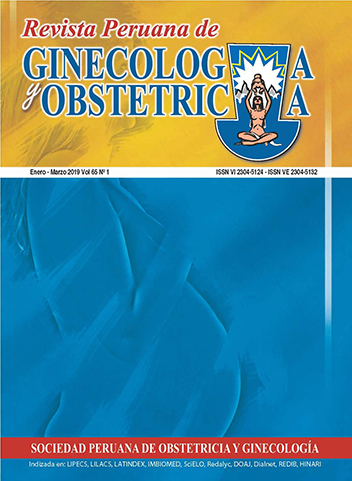Notification and analysis of adverse events: Experience at the HONADOMANI San Bartolomé
DOI:
https://doi.org/10.31403/rpgo.v65i2151Abstract
Obstetrical care currently requires the implementation of quality management. Efforts to improve prenatal care and institutional delivery have shifted maternal deaths to hospital settings. This mortality cannot be reduced without strong emphasis on obstetrical care safety. Implementing a system for reporting adverse events is a fundamental part of this management. This notification system allows to identify sentinel events, generate security alerts, find trends, and analyze events. The analysis is only possible by implementing validated methodologies such as barrier analysis, root cause analysis and FMEA (failure mode & effects analysis). The experience at HONADOMANI San Bartolomé shows that it is possible to implement a risk management system in our setting.Downloads
Download data is not yet available.
Downloads
Published
2019-01-24
How to Cite
Santivañez Pimentel, A. C. (2019). Notification and analysis of adverse events: Experience at the HONADOMANI San Bartolomé. The Peruvian Journal of Gynecology and Obstetrics, 65(1), 45–50. https://doi.org/10.31403/rpgo.v65i2151
Issue
Section
Simposio - Calidad de la Atención en Obstetricia
















